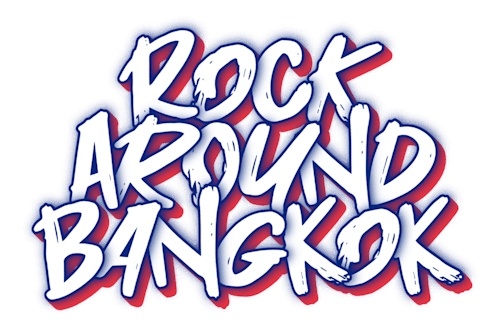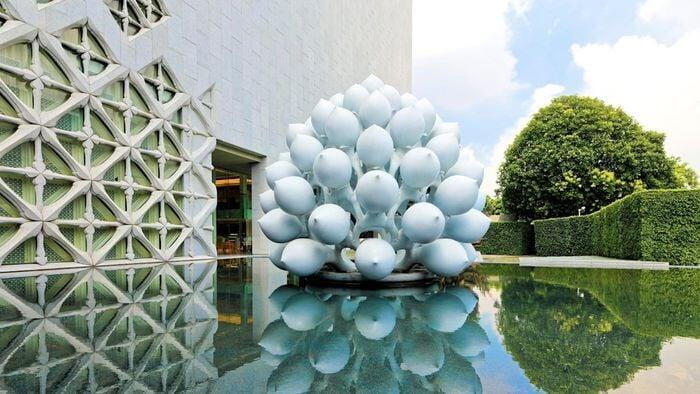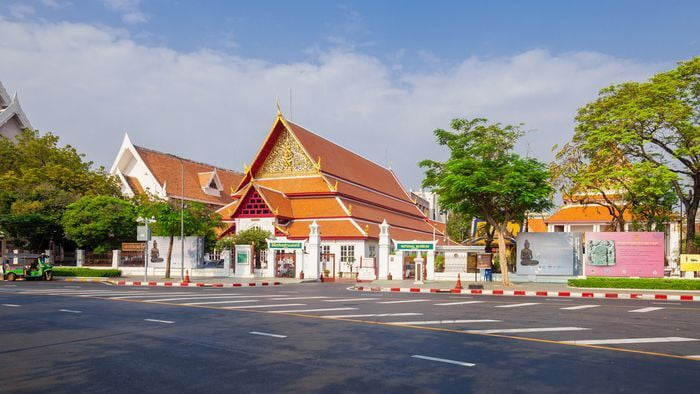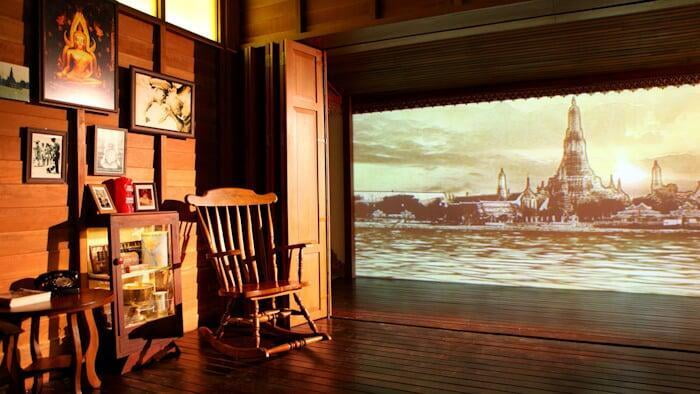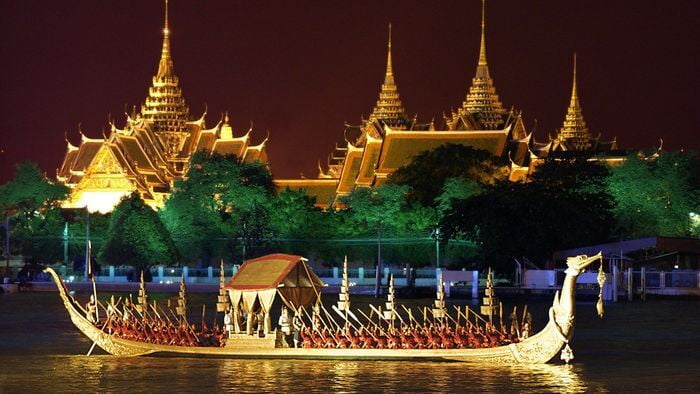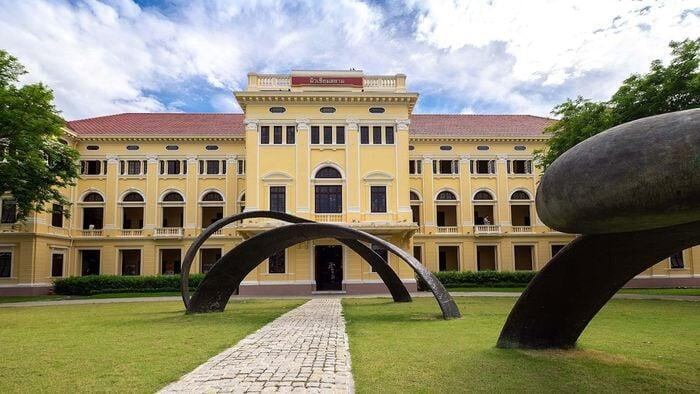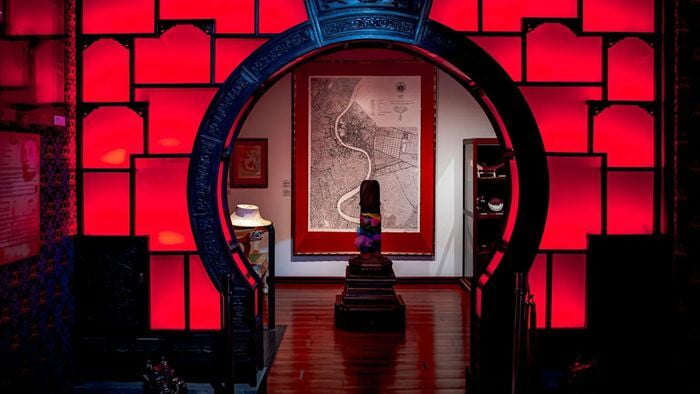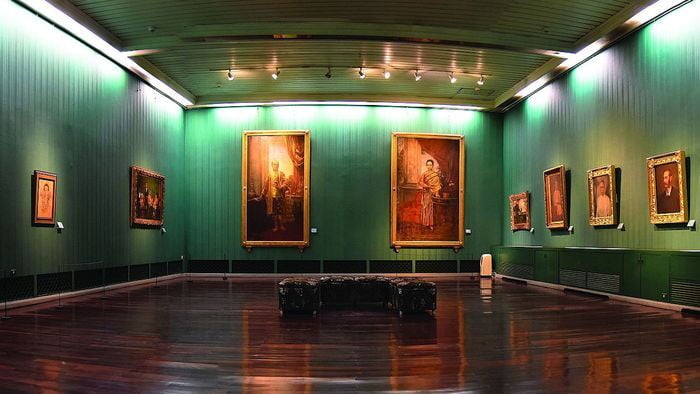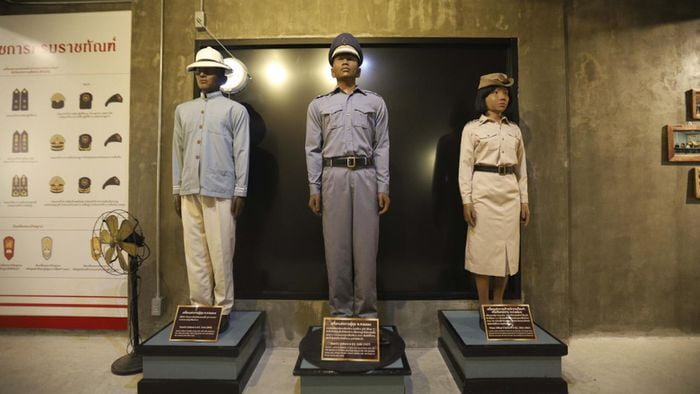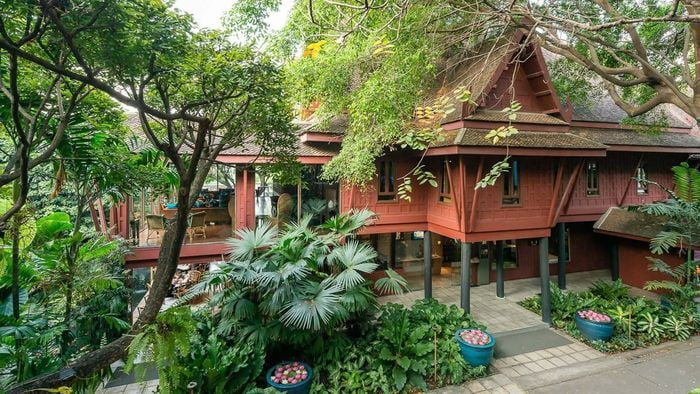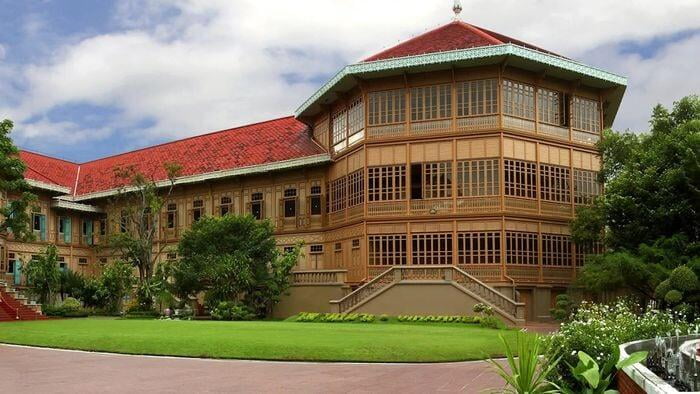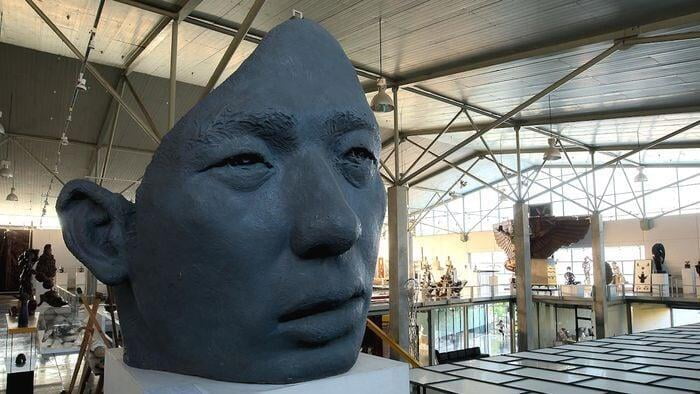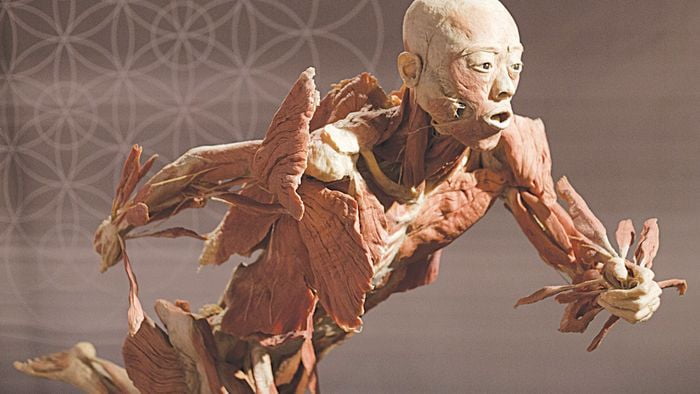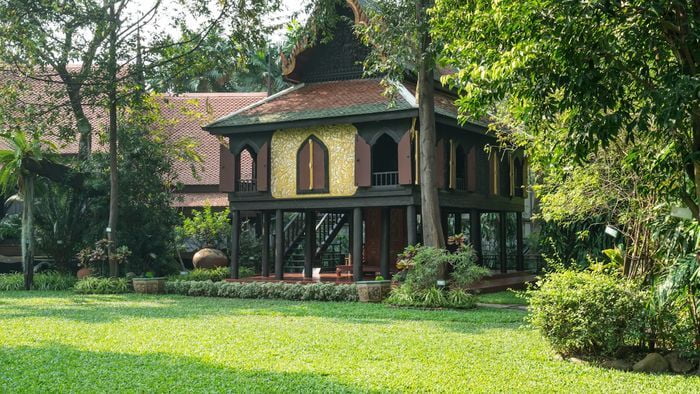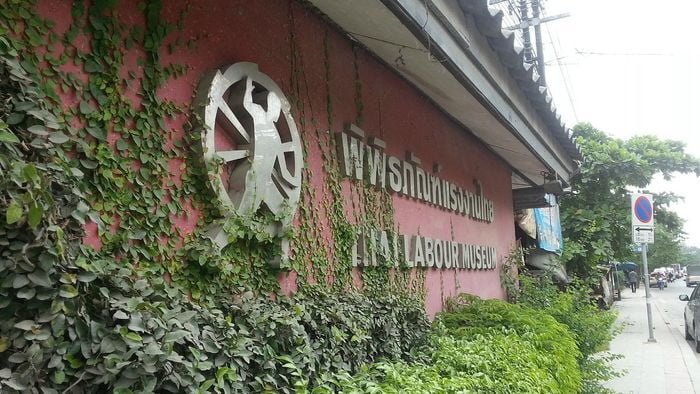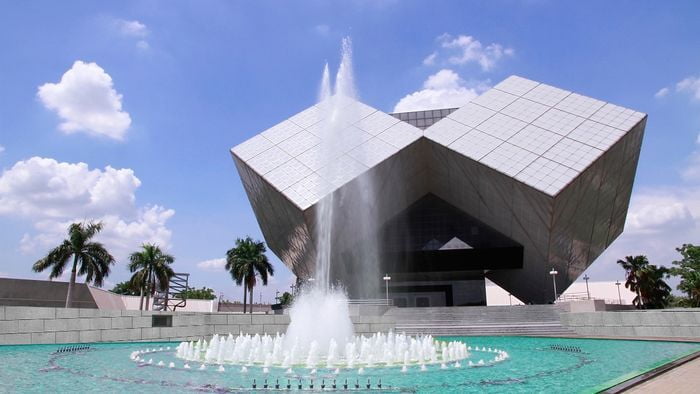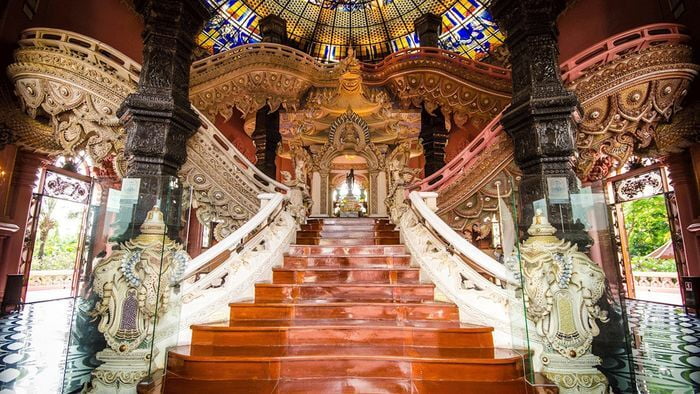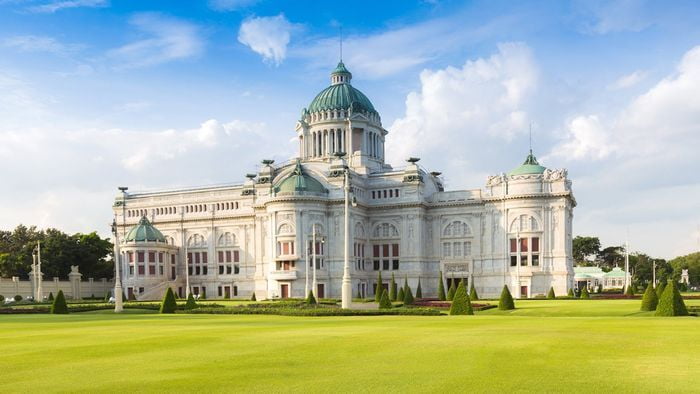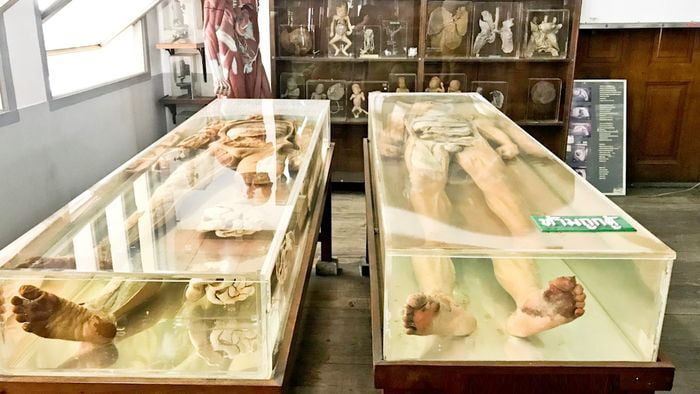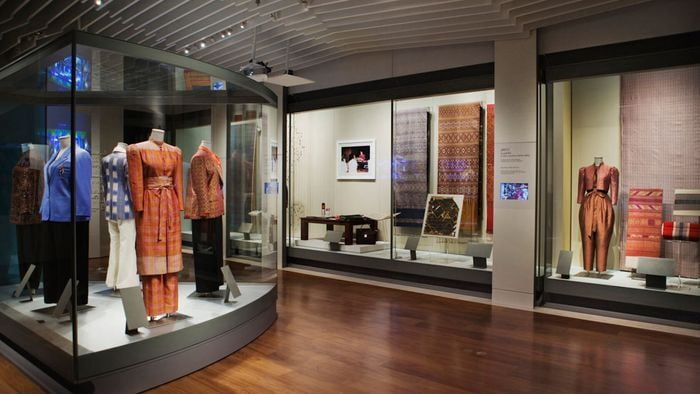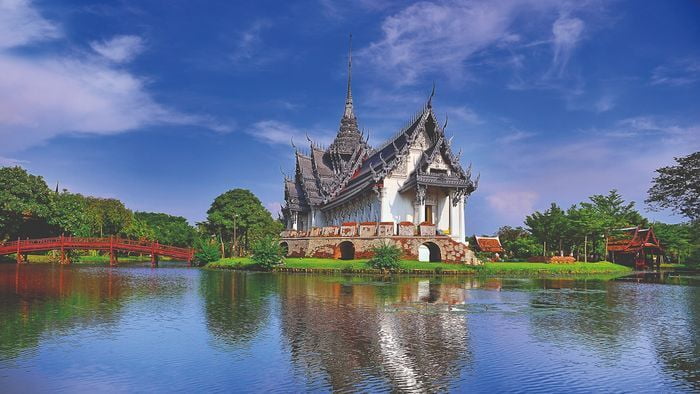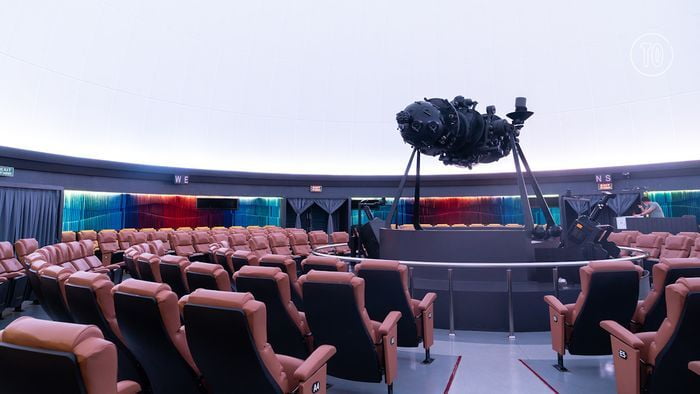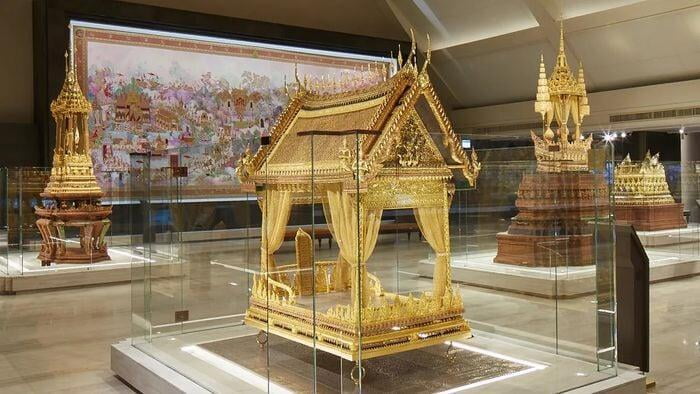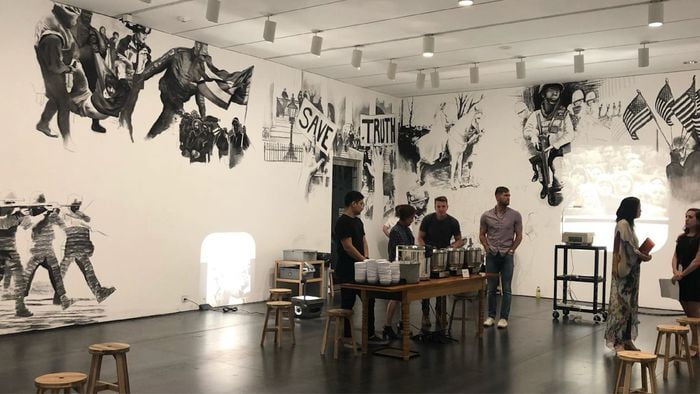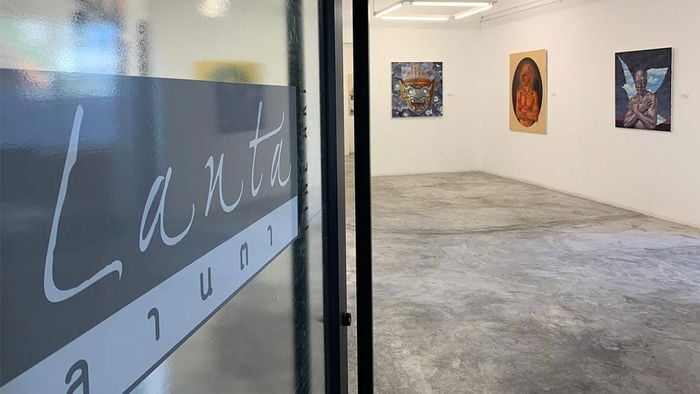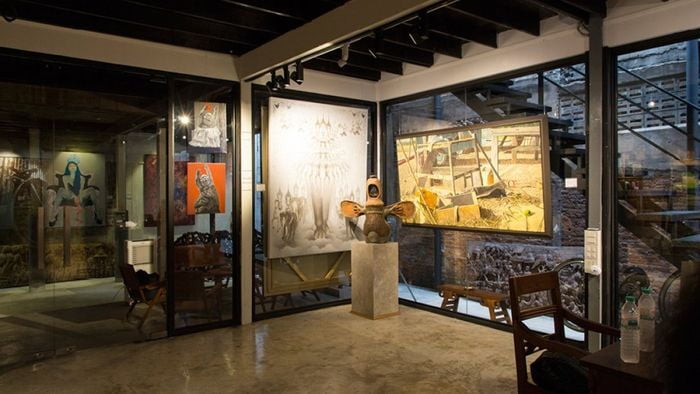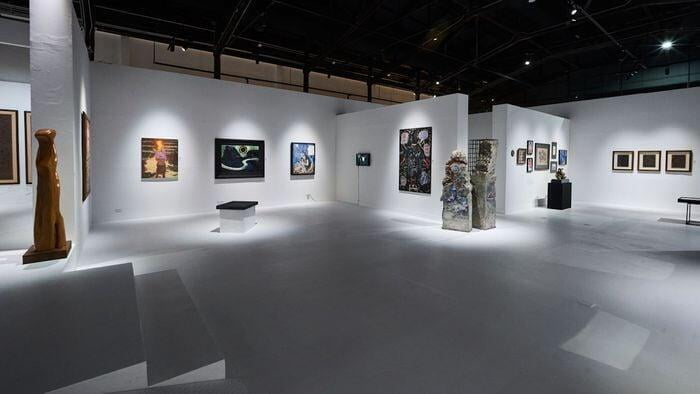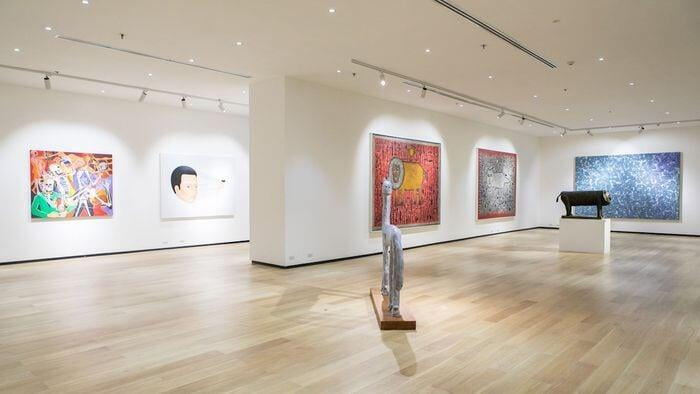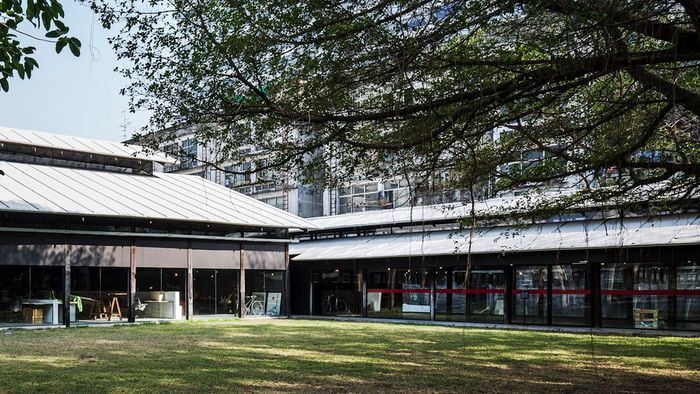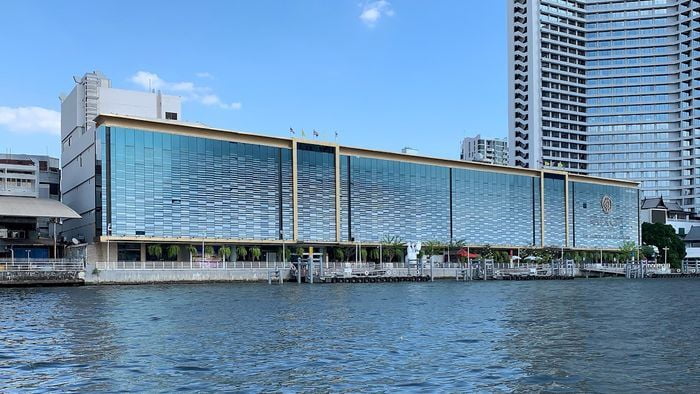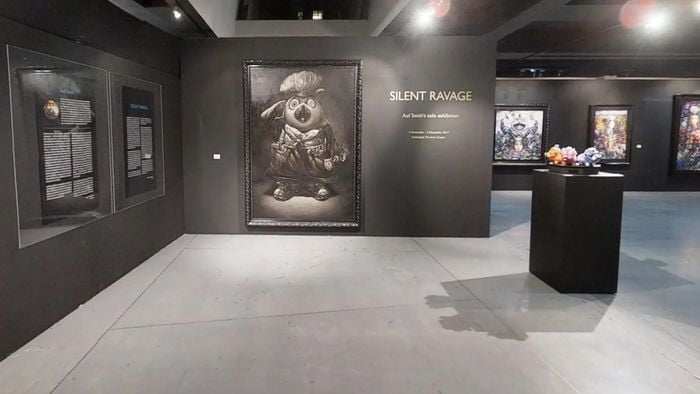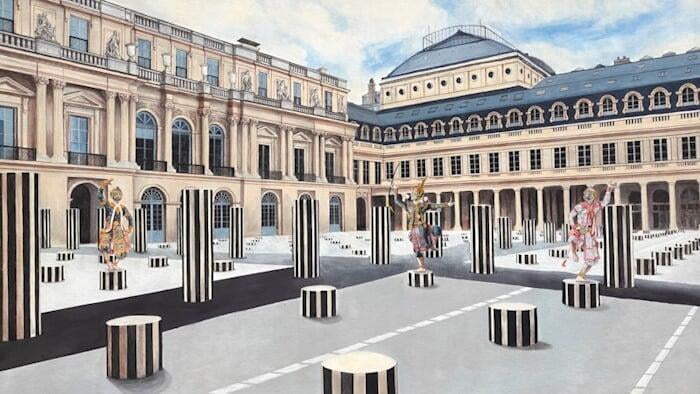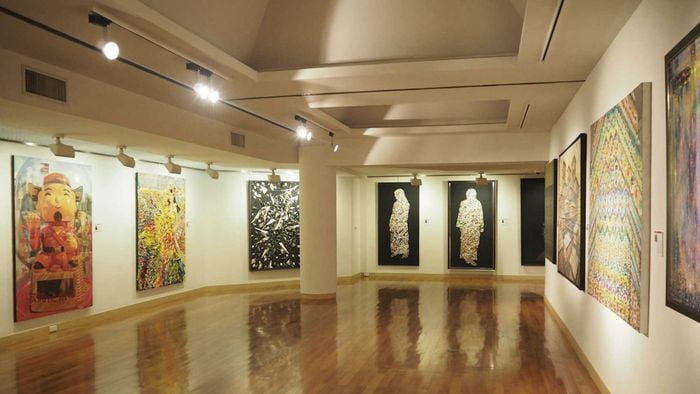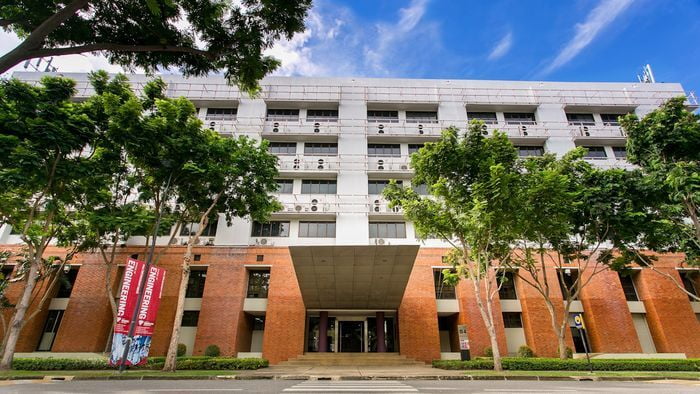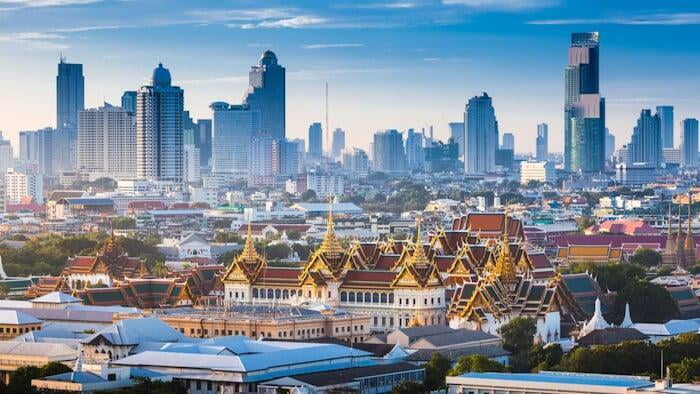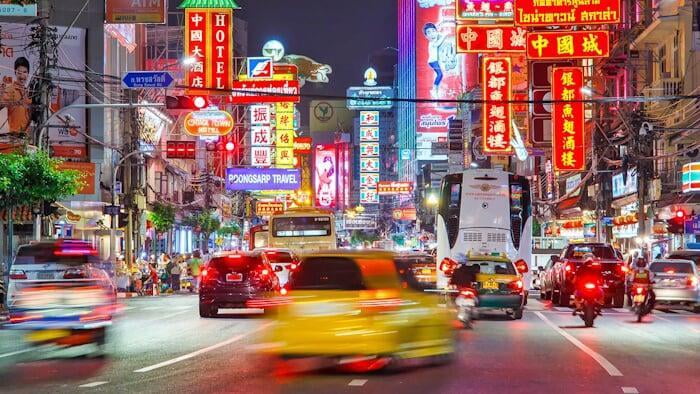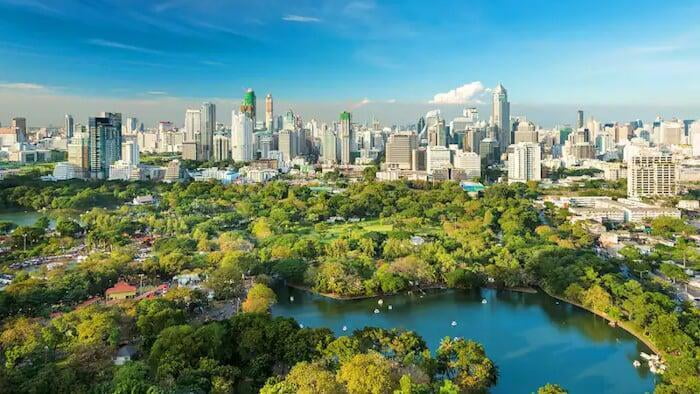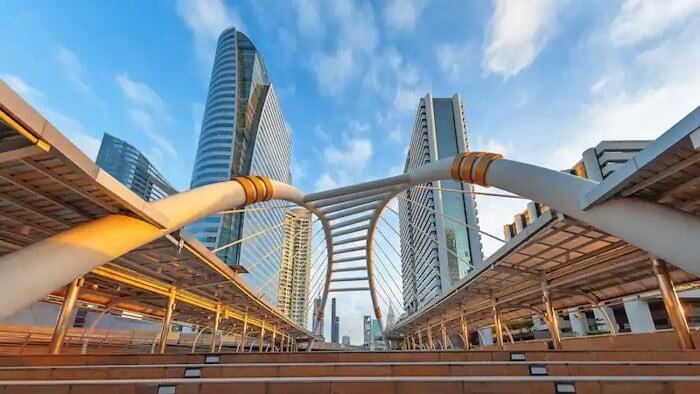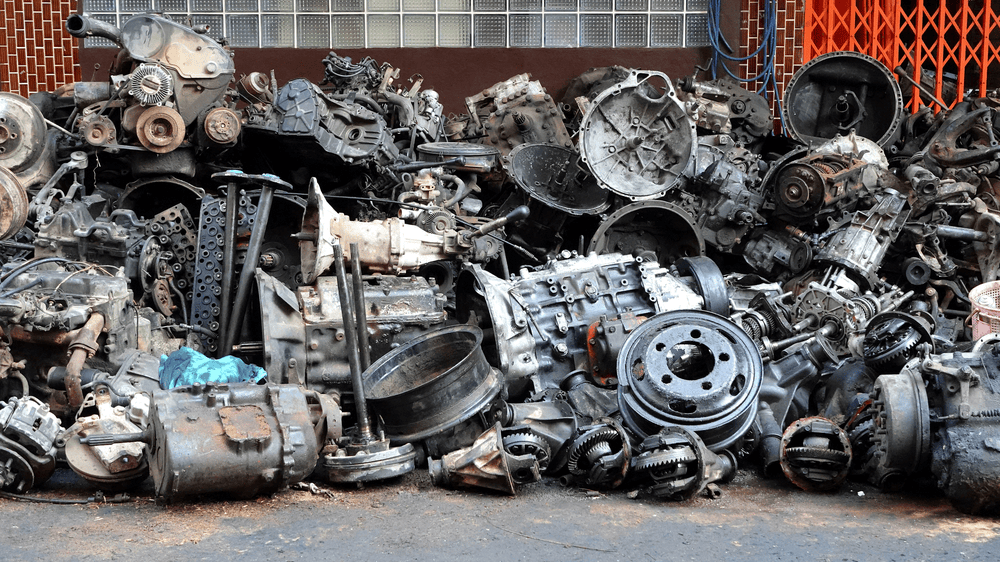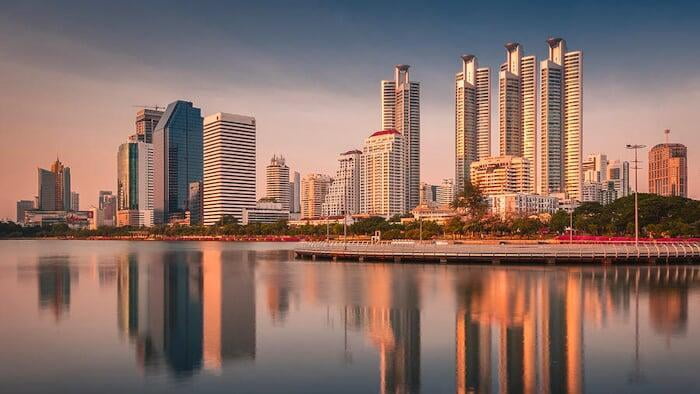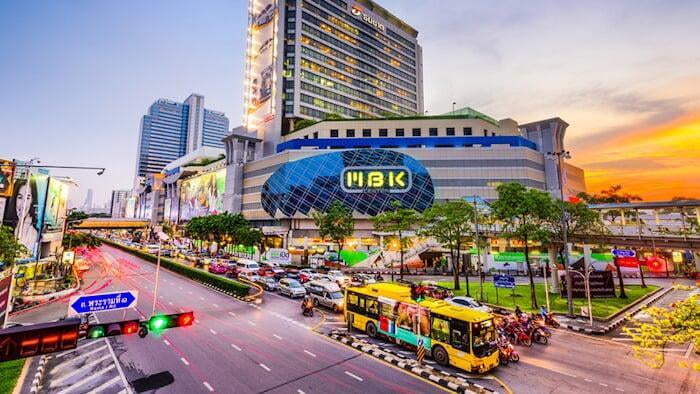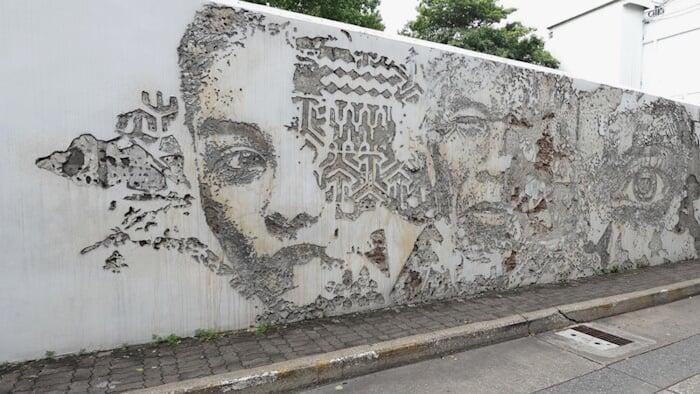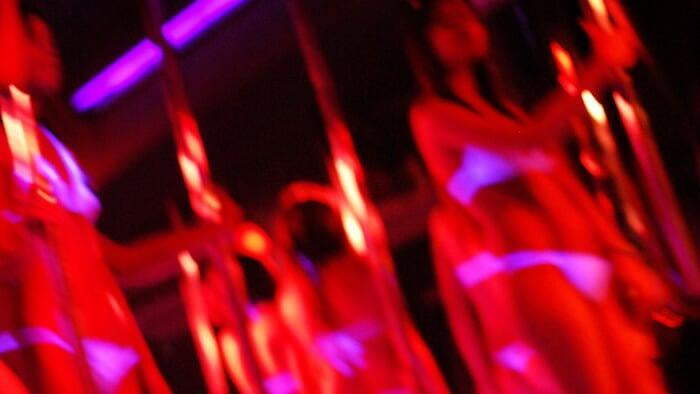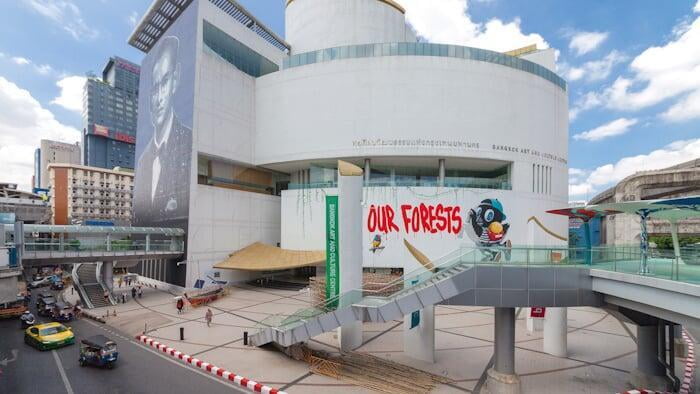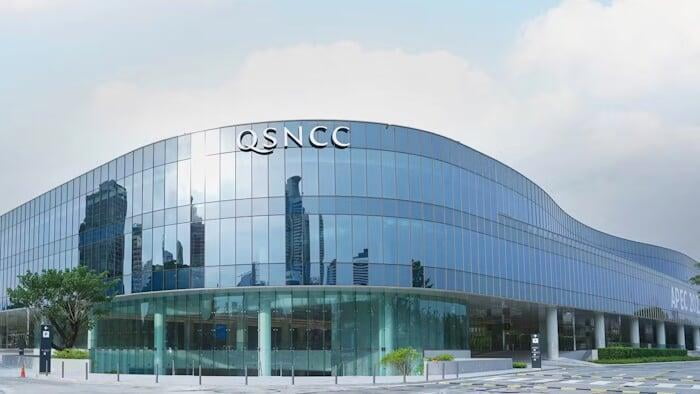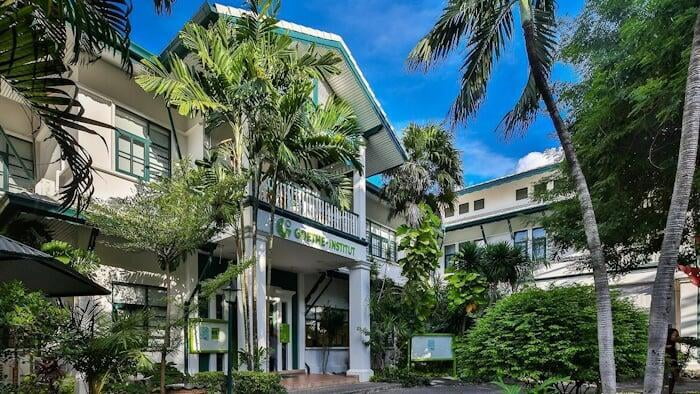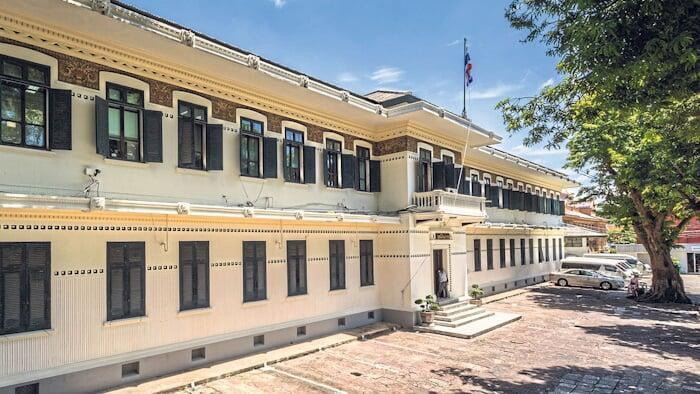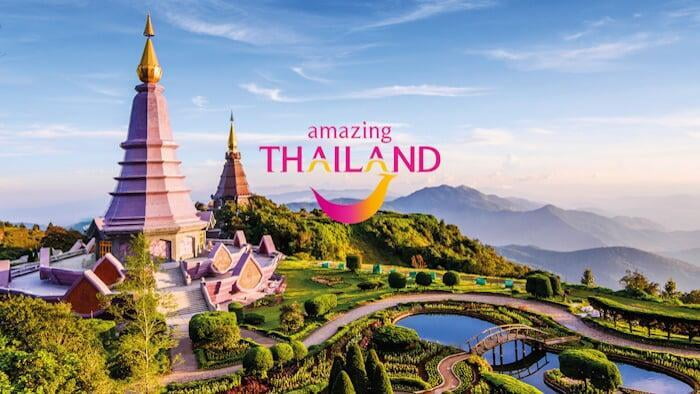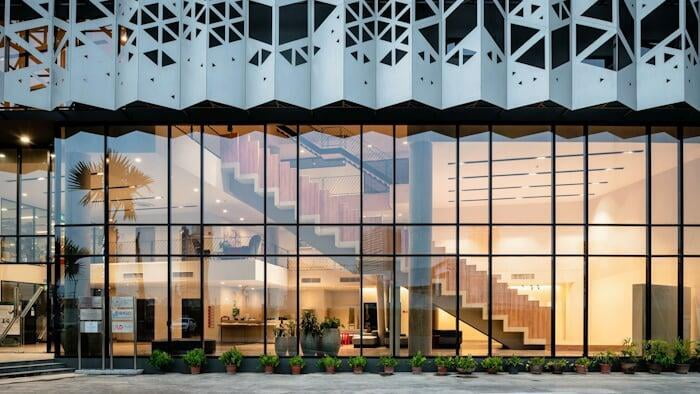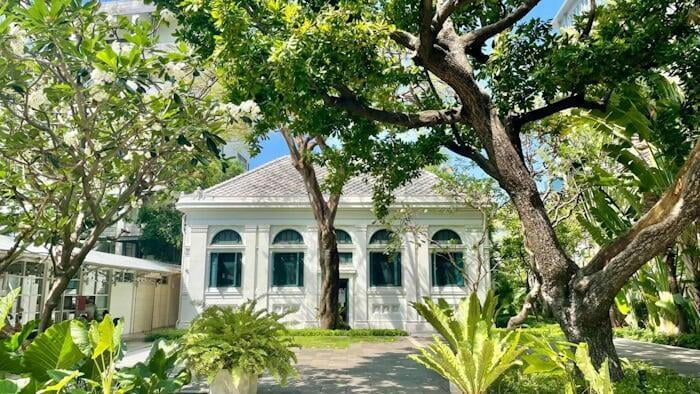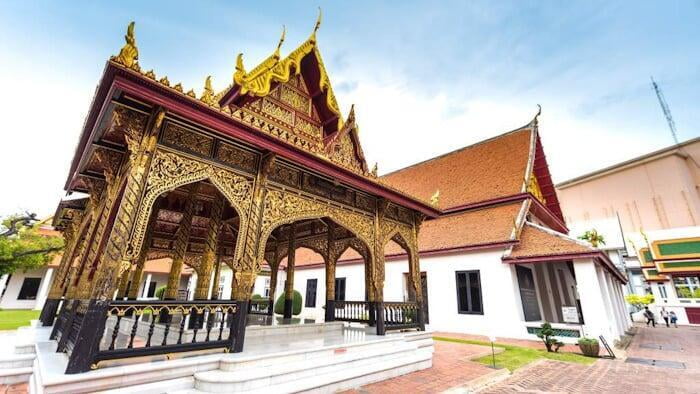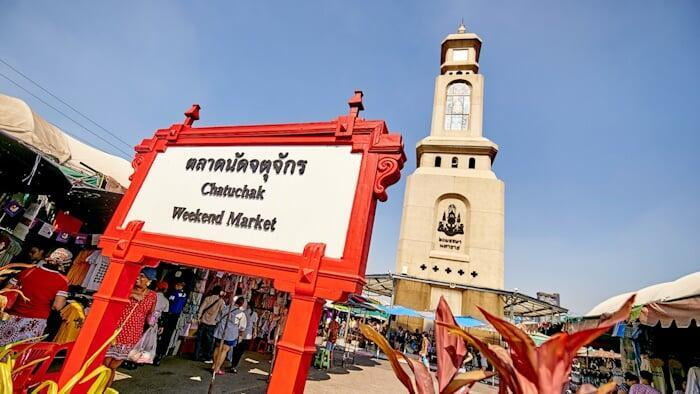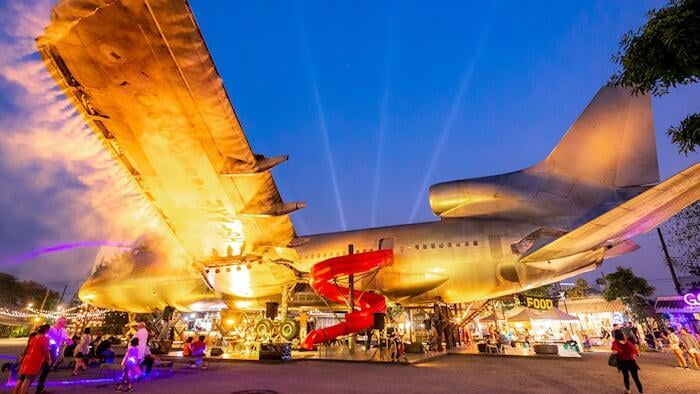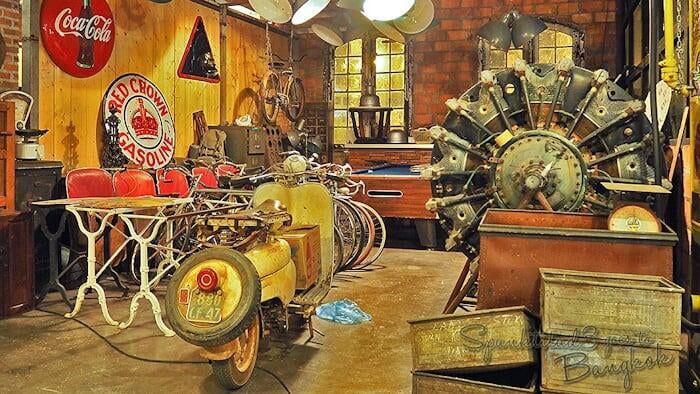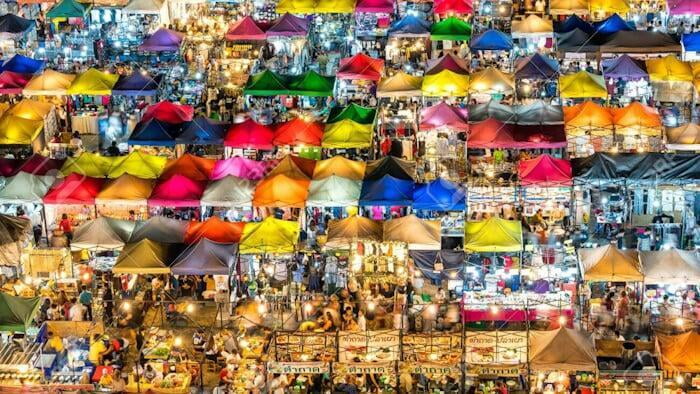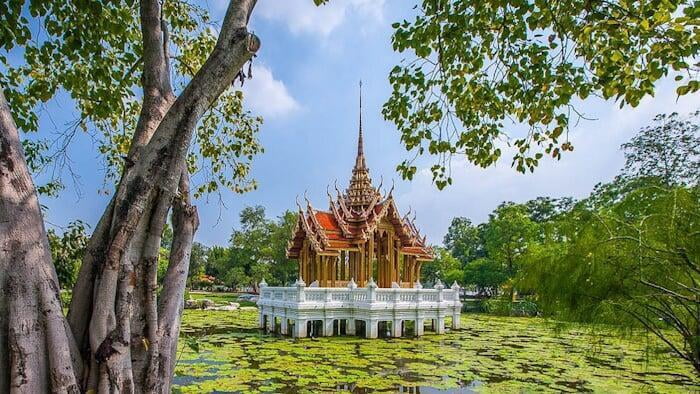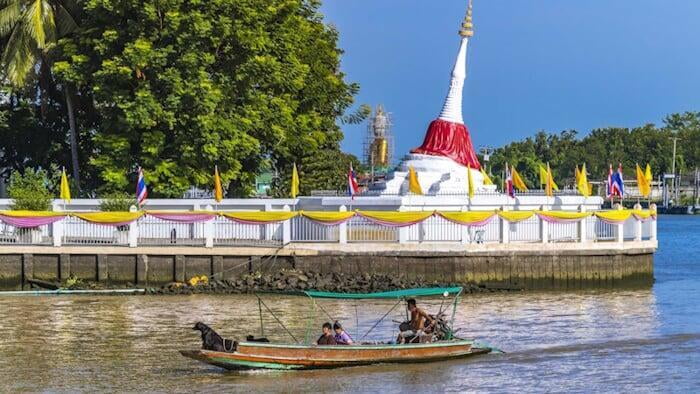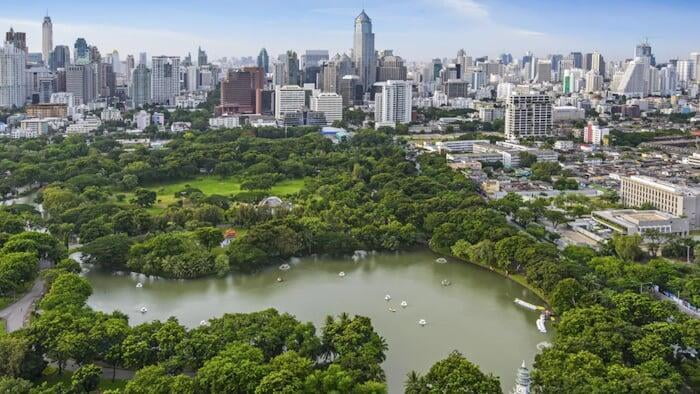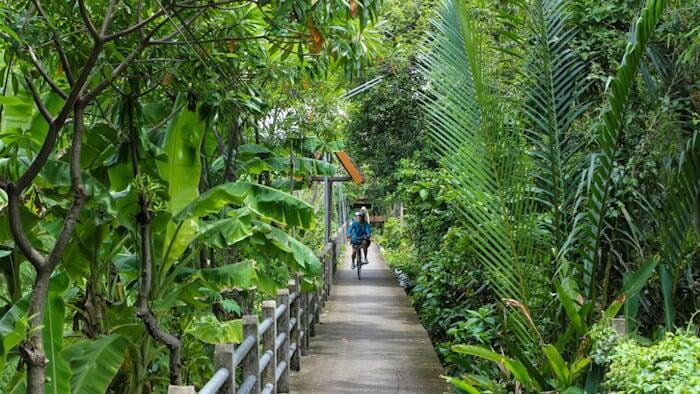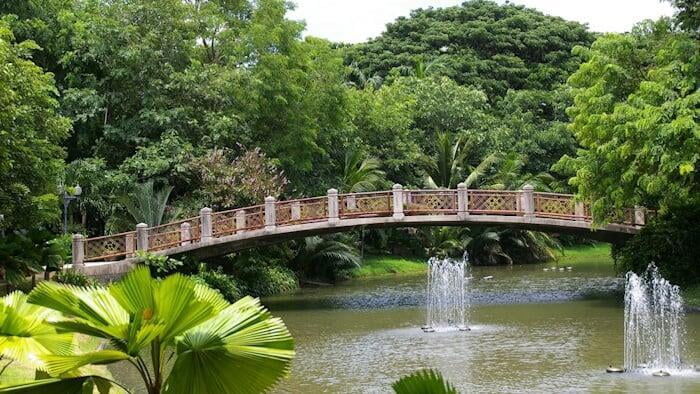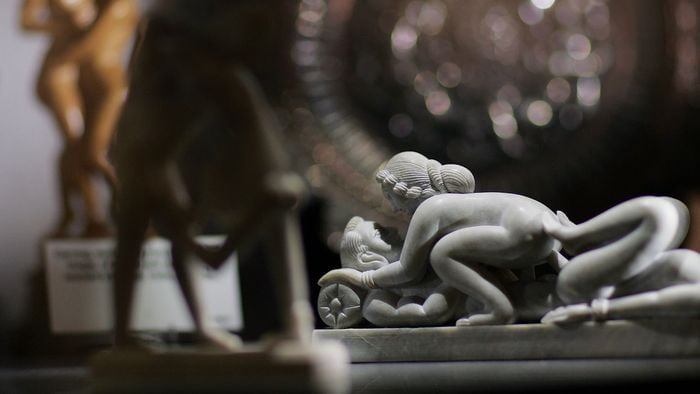TOP 100 CULTURAL ATTRACTIONS TO VISIT IN BANGKOK
The Museum of Contemporary Art (MOCA) in Bangkok is a beacon of modern creativity, showcasing Thailand's vibrant art scene. Its mission is to foster appreciation for contemporary Thai artists, blending traditional themes with modern expression. Iconic pieces include works by Thawan Duchanee and Chalermchai Kositpipat. Located in Bangkok's Chatuchak district, MOCA offers a captivating journey through Thailand's evolving artistic landscape.
The National Museum in Bangkok, Thailand, is a gateway to Thai heritage and culture. Its mission is to preserve and showcase Thailand's rich history. Iconic pieces include the Ram Khamhaeng Inscription, the world's earliest evidence of Thai script, and exquisite Sukhothai-era Buddha statues. Located near the Grand Palace, it's a must-visit for history enthusiasts.
The Rattanakosin Exhibition Hall in Bangkok is a cultural and historical center dedicated to showcasing the rich heritage of the Rattanakosin Era. Its mission is to educate and inspire visitors about Thailand's golden age through interactive exhibits, iconic artifacts, and immersive experiences. Located near Democracy Monument on Ratchadamnoen Avenue, this venue highlights the city's deep historical roots and cultural vibrancy.
The Royal Barges Museum in Bangkok is a unique cultural repository showcasing Thailand's regal maritime heritage. Its mission is to preserve and display the ornate royal barges used in ceremonial processions on the Chao Phraya River. Iconic pieces include the Suphannahong, a magnificent golden swan barge. The museum, nestled along the Bangkok Noi Canal, offers a captivating glimpse into the nation's royal ceremonies and artistic craftsmanship.
Museum Siam in Bangkok is a unique exploration of Thai identity, blending traditional history with contemporary culture. Its mission is to foster understanding and appreciation of Thailand's rich heritage. Iconic exhibits include interactive displays and multimedia installations, set in a strikingly renovated neoclassical building in the heart of Bangkok's historic district on Sanam Chai Road, few blocks away from Wat Phra Chetuphon Wimon Mangkhalaram Rajwaramahawihan.
The Patpong Museum in Bangkok delves into the vibrant history of Patpong, one of Bangkok's most intriguing and iconic districts, which became famous for its go-go bars, nightlife, and night market. Its mission is to showcase Patpong's evolution from a farming area to a buzzing nightlife hub. Iconic exhibits include artifacts from the Vietnam War era and how the CIA operated the war from Bangkok, as well as neon signs. Located in Bangkok's Silom area, this museum offers a unique glimpse into the city's past and present cultural landscape.
Madame Tussauds Bangkok is a globally renowned wax museum showcasing lifelike figures of celebrities, historical figures, and cultural icons. Its mission is to provide an interactive experience, blending entertainment and art. Millions of people have flocked through the doors of Madame Tussauds since it first opened over 200 years ago, and it remains just as popular as it ever was. Iconic pieces include wax statues of Thai royalty, Hollywood stars, and global leaders. Located at Siam Discovery, it offers a unique, immersive journey through fame and history.
The National Gallery in Bangkok, an iconic hub of Thai artistic heritage, showcases the evolution of Thai art over the years and promotes emerging, mid-career, and renowned local artists. Its mission is to preserve and exhibit Thailand's rich artistic legacy, with a focus on traditional and contemporary works. The building, reflecting classic Thai architecture, houses iconic pieces like Chakrabhand Posayakrit's paintings. Located in the historic Phra Nakhon district, it's a cultural landmark blending art with Thailand's historical essence.
The Corrections Museum in Nonthaburi, Thailand, serves as a historical testament to the country's penal system. Housed in a preserved early 20th-century prison, its mission is to educate about penal history and reforms. Notable for its original cell blocks and execution chamber, the museum displays artifacts like old uniforms and restraints. Located near Bangkok, it offers a unique architectural and educational experience.
The Jim Thompson House Museum in Bangkok celebrates the legacy of Jim Thompson, an American businessman and architect who revitalized the Thai silk industry. This museum, nestled in lush gardens nearby Bangkok Art and Culture Centre, showcases Thompson's exquisite collection of Asian art and his traditional Thai-style home. It stands as a testament to cross-cultural appreciation and architectural beauty, attracting visitors worldwide to explore its rich history and iconic art pieces.
The Museum of Counterfeit Goods in Bangkok presents a unique exploration of intellectual property and counterfeit products. Its mission is to educate visitors on the impacts of piracy and counterfeiting. Featuring an array of replicated goods ranging from clothing to electronics, the museum highlights the nuances and challenges in distinguishing between genuine and fake items. Situated in the Rama III road, this museum offers a thought-provoking experience that melds legal education with consumer awareness.
Vimanmek Mansion, located in the historic district of Dusit in Bangkok, is the world's largest golden teakwood mansion, showcasing Thailand's rich cultural heritage. The house belonged to King Rama V and has been transformed into a museum that displays the gifts he received during his trips to the USA and Europe. Its mission is to preserve and exhibit traditional Thai architecture and royal history. Iconic features include intricate wood carvings and ornate furnishings. Visitors can explore this historic royal residence, offering a unique glimpse into Thailand's past.
The Bangkok Sculpture Centre in Bangkok is dedicated to the preservation and promotion of sculpture art in Thailand. Its mission revolves around nurturing appreciation and understanding of three-dimensional art forms. Iconic pieces on display include both historical Thai sculptures and innovative contemporary works, representing the rich cultural heritage and evolving artistic trends of Thailand. Conveniently located in the heart of Bangkok, it serves as a cultural hub for art enthusiasts and tourists alike.
The Human Body Museum in Bangkok presents an extraordinary journey into human anatomy. Its mission is to educate visitors about the complexities of the human body. Architecturally, the building reflects modernist influences with its sleek, functional design. Iconic exhibits include real human bodies and organs, meticulously preserved and displayed. Situated in the heart nearby the Red Cross and Chulalongkorn University, it offers a unique blend of education and scientific exploration.
The Suan Pakkad Museum in Bangkok is a serene oasis showcasing traditional Thai architecture and ancient art and antiques. Its mission is to preserve Thailand's rich cultural heritage. Iconic pieces include ancient Ban Chiang pottery, exquisite Thai paintings, and a collection of rare musical instruments. Located amidst lush gardens, this museum offers a tranquil escape from the city's bustle in the Phaya Thai, Ratchathewi area.
The National Science Museum in Pathum Thani, is a modern architectural marvel dedicated to promoting science and technology. Its unique design resembles a futuristic cube, symbolizing knowledge and innovation. Inside, visitors encounter interactive exhibits on astronomy, robotics, and natural sciences. It houses iconic displays like the dinosaur skeleton and space exploration artifacts. Located in Pathum Thani, it's a hub for educational enrichment and scientific discovery.
The Erawan Museum in Samut Prakan, is a remarkable venue blending art, religion, and culture. Its mission is to preserve and showcase Asian art and antiquities. The building, shaped like a gigantic three-headed elephant, represents the Hindu god Erawan. Architecturally, it combines traditional Thai art with modern design. Iconic pieces include rare Asian antiques and religious artifacts. This architectural marvel is situated in a serene, landscaped garden, creating an oasis of culture and history.
The Ananta Samakhom Throne Hall in Bangkok is a magnificent example of Renaissance architecture. Initially a royal reception hall, it used to showcase Thailand's fine handicraft heritage. Its iconic marble structure, domed roof, and intricate frescoes exemplify grandeur. Inside, visitors find exquisite royal regalia, historic paintings, and intricately crafted artifacts, illuminating Thailand's cultural legacy. The Art of the Kingdom collection has moved to Ayutthaya to a dedicated museum.
The Queen Sirikit Museum of Textiles in Bangkok, Thailand, embodies a dedication to preserving and showcasing the rich heritage of Thai textiles. Its mission is to educate and inspire through an exquisite collection of traditional fabrics, royal garments, and contemporary textile art. The museum, located within the Grand Palace compound, is iconic for its rare silk pieces and stunning royal costumes, reflecting Thailand's vibrant textile history and cultural identity.
The Ancient City in Samut Prakan, offers an immersive journey into Thai heritage and architecture. This open-air museum, conceptualized as a reflection of Thailand's grand history, spans over 320 acres. Its design mimics the country's geographical shape, showcasing meticulously recreated, iconic structures from various eras and regions. Visitors can explore ancient temples, palaces, and traditional houses, each narrating unique cultural stories. Located near Bangkok, it's an accessible portal to Thailand's rich past.
The Science Centre for Education (Planetarium) in Bangkok is a hub for astronomical studies and science education. Its mission is to inspire and educate visitors about the universe and scientific principles. The building features a distinctive dome structure, symbolizing a gateway to the cosmos. Inside, the planetarium houses iconic exhibits like celestial models and interactive space simulations. Located on Sukhumit road nearby BTS Ekkamai, it serves as an educational landmark for students and space enthusiasts.
The Arts of the Kingdom Museum in Ayyuthaya showcases the rich artistic legacy of the Thai kingdom. Its mission is to preserve and promote traditional Thai crafts. The museum blends traditional Thai elements with modern design, creating an aesthetically pleasing and culturally significant structure. Visitors can admire iconic pieces like intricate gold and silverware, exquisite Thai silk, and delicately carved woodwork, all testament to the skilled craftsmanship of Thai artisans.
